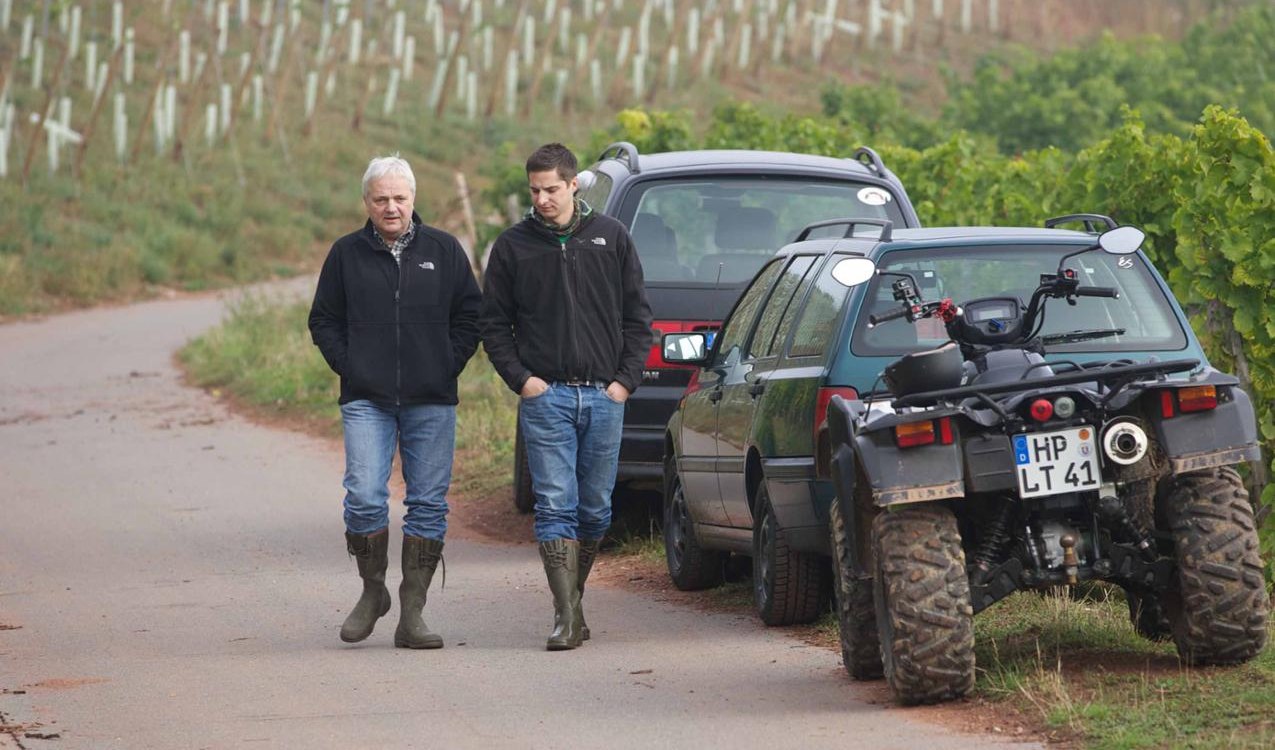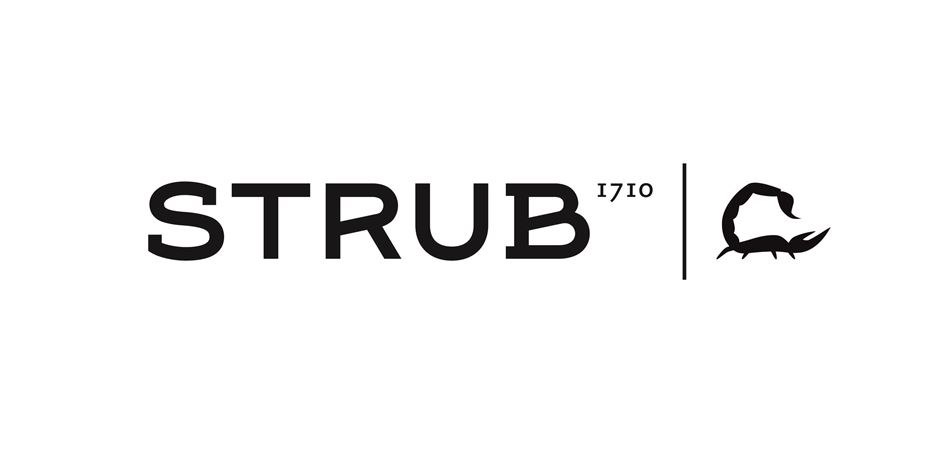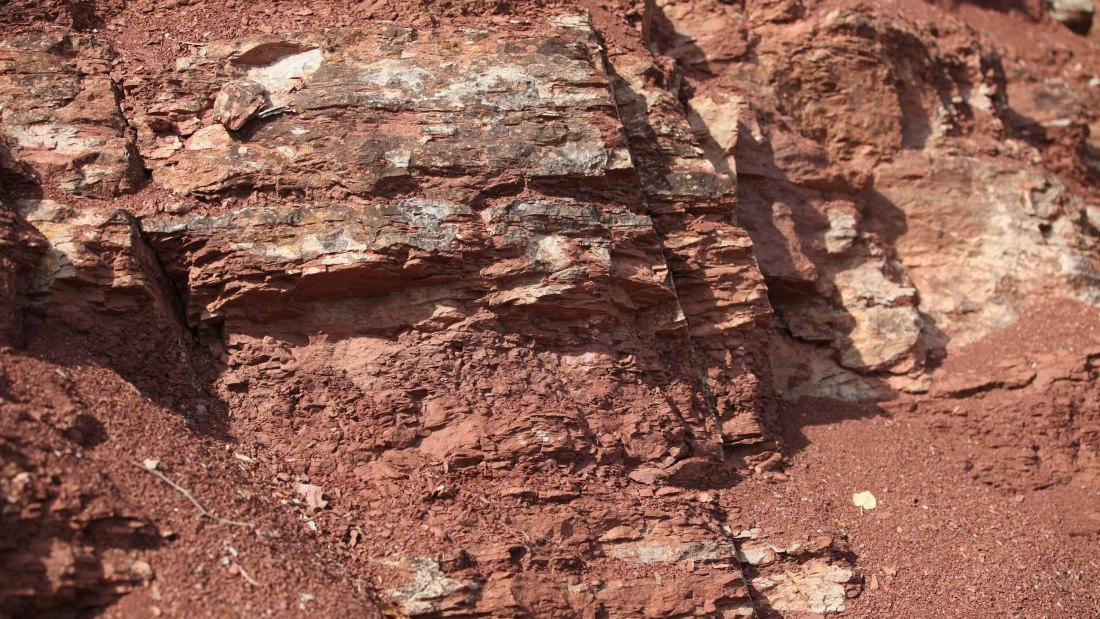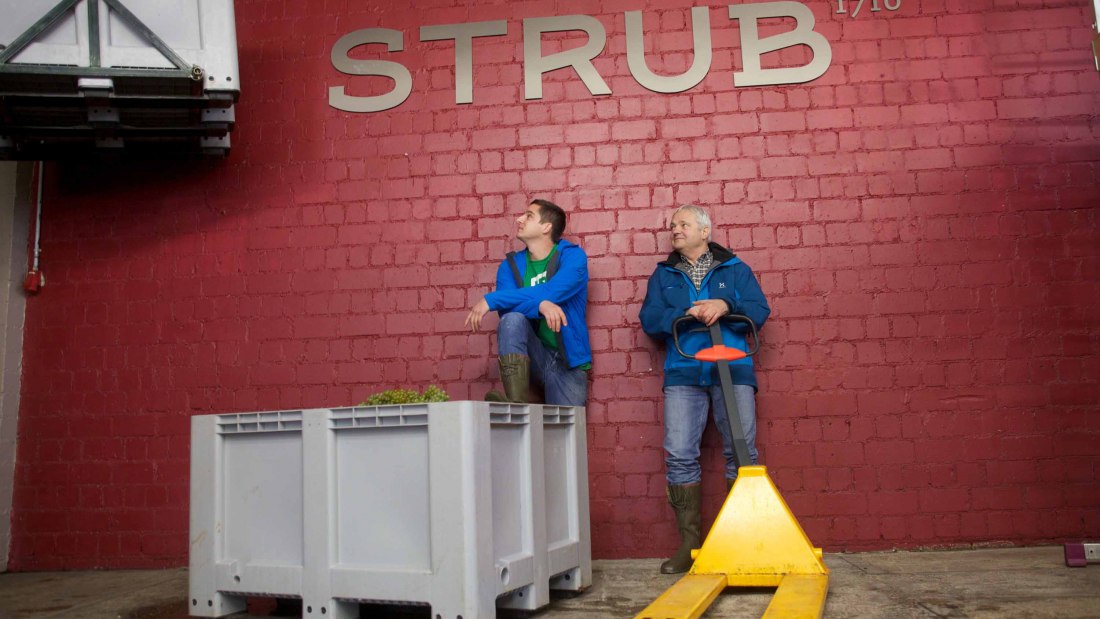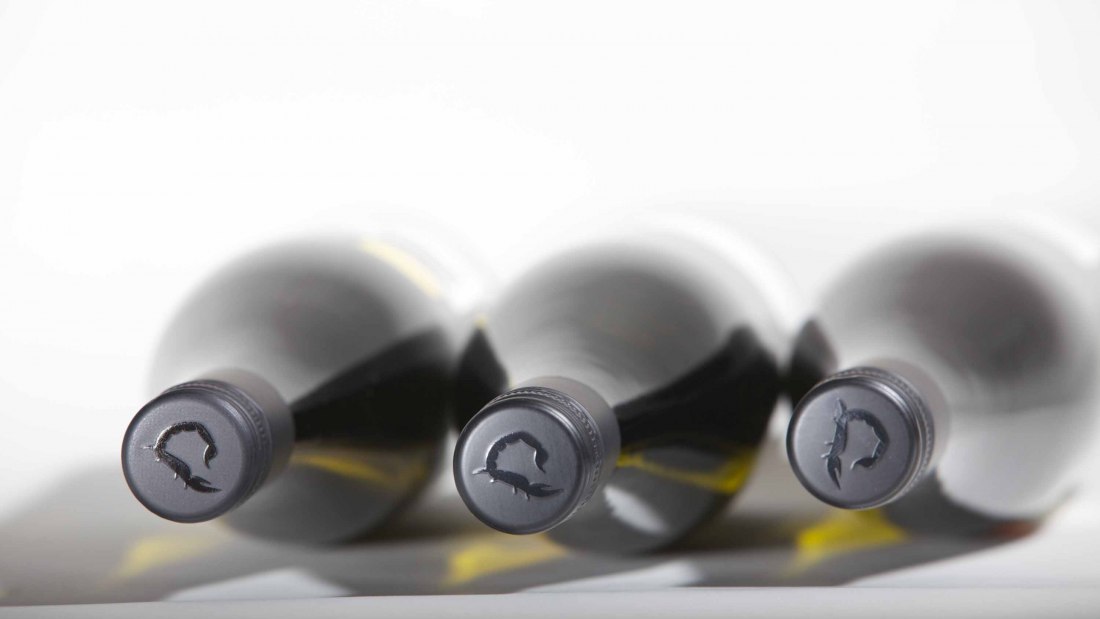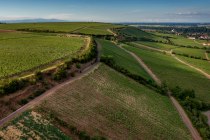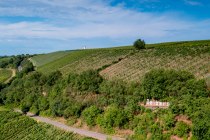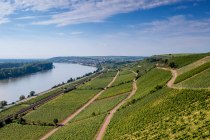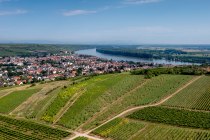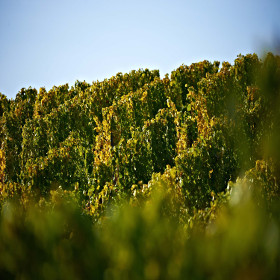Winery Strub
As a family of vintners, we have been cultivating many first-class vineyards in Nierstein since 1710. The focus is on the plots in the Red Hang with its rare slate. No less important are our limestone layers with their slightly cooler microclimate.
In the interpretation of our terroir, we prefer the best grape variety in the world, the Riesling. This outstanding vine is aromatic in our wines and makes the Nierstein vineyards and their origin, that dates back millions of years, tasteable. In addition to the Riesling, we also cultivate Grüner Veltliner
Silvaner and Pinot Blanc.
English and French spekaing visitors are welcome.

